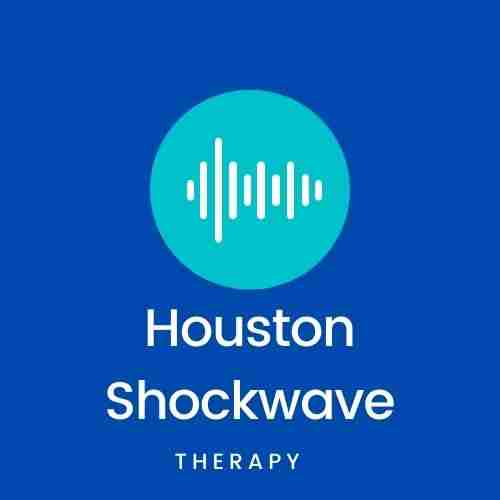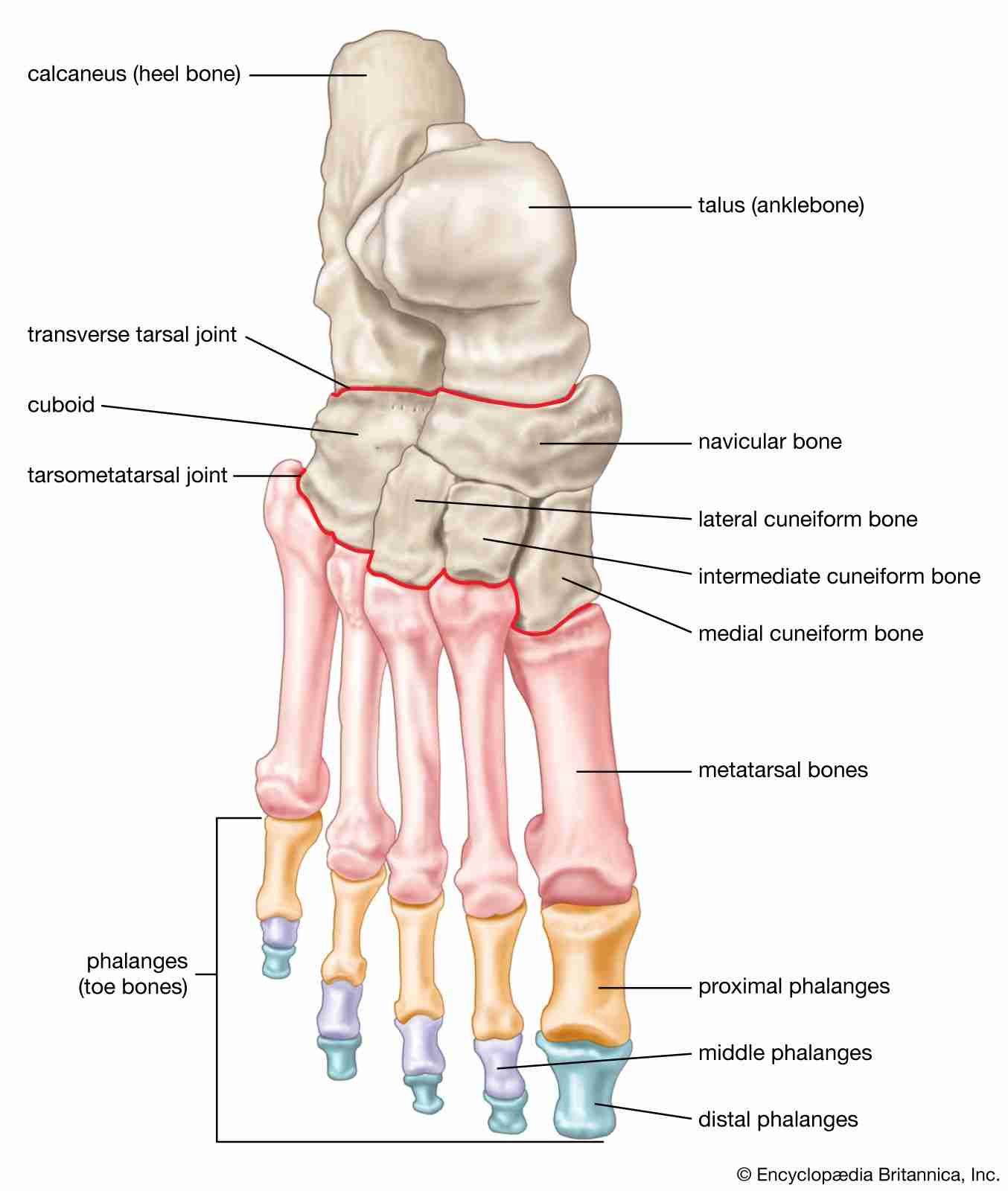Houston Shockwave Therapy
Healing for chronic and acute injuries
Morton’s Neuroma
Pain Relief
Inflammation Reversal
Collagen Synthesis
Shockwave Therapy for Morton’s Neuroma
Welcome to Houston Shockwave, where we specialize in using shockwave therapy to treat Morton’s neuroma. Morton’s neuroma is a painful condition that affects the ball of the foot, often causing sharp pain or a burning sensation in the toes. It is caused by a thickening of the tissue surrounding the nerves in the foot, and can be a debilitating condition for those who suffer from it.
At Houston Shockwave, we offer a non-invasive and effective treatment for Morton’s neuroma using advanced shockwave therapy. This innovative treatment uses high-frequency sound waves to stimulate the body’s natural healing process and reduce pain and inflammation in the affected area.
Morton’s neuroma is caused by compression or irritation of the nerves in the foot, typically between the third and fourth toes. This can be caused by a variety of factors, including wearing tight shoes or high heels, participating in high-impact sports, or having certain foot abnormalities.
Symptoms of Morton’s neuroma can include:
- Sharp or burning pain in the ball of the foot or toes
- Numbness or tingling in the toes
- Feeling like there is a small stone or pebble in the shoe
- Pain that gets worse with activity
If left untreated, Morton’s neuroma can lead to chronic pain and discomfort that can limit an individual’s ability to perform daily activities or participate in sports.
At Houston Shockwave, we offer a safe and non-invasive treatment for Morton’s neuroma using shockwave therapy. During a shockwave therapy session, a handheld device is used to deliver high-frequency sound waves to the affected area. These sound waves penetrate deep into the tissue, stimulating the body’s natural healing process and promoting the regeneration of damaged tissue.
The benefits of shockwave therapy for Morton’s neuroma include:
Non-invasive: Shockwave therapy is a non-invasive treatment that does not require surgery or injections.
Safe: Shockwave therapy is a safe and effective treatment that has been used successfully to treat a wide range of conditions.
Effective: Shockwave therapy has been shown to be highly effective in treating Morton’s neuroma, with many patients experiencing significant pain relief and improved mobility after just a few sessions.
Quick and convenient: Shockwave therapy sessions typically last between 15 and 30 minutes, and patients can return to their normal activities immediately afterward.
Cost-effective: Shockwave therapy is a cost-effective alternative to more invasive treatments such as surgery or injections.
At Houston Shockwave, we have a team of experienced professionals who can help you determine if shockwave therapy is the best option for your specific needs. We will work with you to develop a personalized treatment plan that is tailored to your individual needs and goals.
Our team will also provide you with information and guidance on how to manage your symptoms and prevent further injury in the future. We believe that education is an important part of the healing process, and we are committed to helping our patients achieve optimal health and wellness.
If you are suffering from Morton’s neuroma, shockwave therapy may be the right treatment for you. Contact Houston Shockwave today to schedule a consultation and learn more about how shockwave therapy can help you get back to a pain-free and active lifestyle. Don’t let Morton’s neuroma hold you back any longer.

